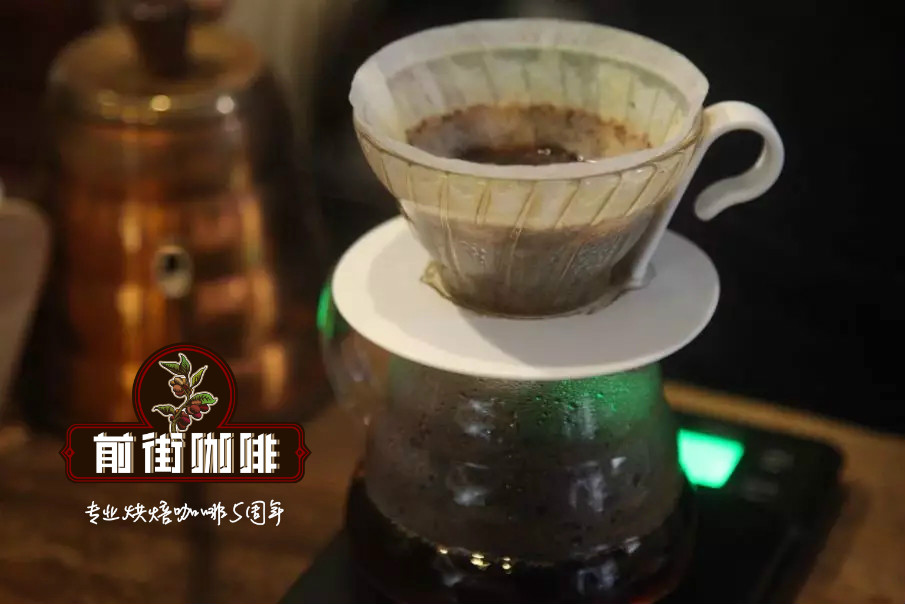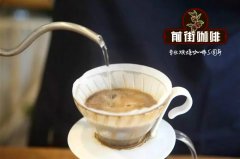What is the flavor of Indonesian Sumatra Kintamani Bali coffee? How do you drink Balinese coffee?

Professional coffee knowledge exchange more coffee bean information please follow the coffee workshop (Wechat official account cafe_style)
Sumatran coffee is best known for Manning. The brand, which is neither a bean seed nor a producing area, comes from the mistranslation of the name of a Mandailing. Mantenin is also rich in Mount Jiayu in Aceh Province and in the Lindong producing area around the northern volcanic lake Doba. The names include "Green Treasure" and "Blue Eye", which are colorful. Sumatran coffee is generally supple, dense, low-acid, with earthy, cedar, cut tobacco and cocoa flavors.
Sulawesi has been around for more than 100 million years, so the soil is more mineral-rich than other Indonesian islands, and the coffee produced is brighter. Among them, the production near Tana Toraja Mountain is the most famous. It has a hint of spice, including pepper, cinnamon and nuts.
The evolution of bean species reflects the planting history of Indonesia. There are many defects in Indonesian coffee, the biggest reason is improper handling. Whether washed or insolated by farmers in Africa and Central America, beans are hidden in pods like melon seed shells and are beaten by threshing machines before they are exported. However, the popular Wet hull (Giling Basah) method in Indonesia is that after washing off the pectin layer, the coffee is quickly beaten away without being dried. The water content of wet coffee beans is as high as 50%. The middleman collects the kernels and dries them out of control: exposure to the sun loses organic acids, while drying in the mud gives beans a chance to inhale the smell and dirt. This is all due to farmers' lack of knowledge in order to earn fast money.
For many people around the world today, coffee is more than just a morning drink. It is regarded as a personal culture and way of life. From cheap instant coffee to a mysterious and exquisite cup of black gold coffee, coffee lovers around the world wake up in the morning to talk about coffee.
Coffee was first introduced to Indonesia from Batavia in what is now Jakarta in 1696 during the Dutch colonial period, when the Netherlands introduced Arabica coffee, which was cultivated on the way from Cibodas National Park to Puncak Peak. This has become one of the top products in the Netherlands. The East India Company VOC first exported Indonesian coffee in 1711, and over the next 10 years, exports grew to 60 tons a year.
In Indonesia, coffee is not only a way of life, but also an important commodity in the country. Indonesia is one of the largest coffee producers in the world, along with Brazil, Vietnam and Colombia. It is not only drunk by Indonesians, but also a source of livelihood for many people. From coffee farmers to coffee traders is an important part of many people's daily lives.
Indonesia produces some of the world's best coffee beans, including "the most expensive coffee in the world", according to Oprah: Kopi Luwak.
Nowadays, many coffee lovers go to the Indonesian archipelago to taste a mysterious and delicious cup of Java coffee.
Bali is also popular with coffee beans produced in the cool mountains of Quintamani. Unlike other varieties of coffee, Jintamani is unique in Arabica coffee because of its mild taste, medium acidity and slightly fruity flavor. The fruit flavor is because these coffees are grown with fruits and vegetables, and the coffee beans absorb the surrounding flavor.
END
Important Notice :
前街咖啡 FrontStreet Coffee has moved to new addredd:
FrontStreet Coffee Address: 315,Donghua East Road,GuangZhou
Tel:020 38364473
- Prev

Introduction of unique Sulawesi Toraja Coffee Flavor introduction of famous coffee producing areas in Indonesia
Professional coffee knowledge exchange more coffee bean information please pay attention to the coffee workshop (Wechat official account cafe_style) Sulawesi Sulawesi is also one of Indonesia's famous coffee-rich islands, with unique natural conditions, and it has a long history of growing coffee, especially the unique softness of Toraja Tonaga coffee, in recent years
- Next

What are the characteristics of Ye Jia Xuefei coffee? Introduction to the grading system of Yejiaxefi Coffee
Professional coffee knowledge exchange more coffee bean information Please pay attention to the coffee workshop (Wechat official account cafe_style) mentioned Yega Chuefei, described as strong floral, subtle sour fruit, soft bergamot and lemon flavor, slightly floral and fruity smell, slightly sour on the taste, like this sour Yega Chuefei coffee is good. Ethiopia was the first coffee to be discovered.
Related
- Detailed explanation of Jadeite planting Land in Panamanian Jadeite Manor introduction to the grading system of Jadeite competitive bidding, Red bid, Green bid and Rose Summer
- Story of Coffee planting in Brenka region of Costa Rica Stonehenge Manor anaerobic heavy honey treatment of flavor mouth
- What's on the barrel of Blue Mountain Coffee beans?
- Can American coffee also pull flowers? How to use hot American style to pull out a good-looking pattern?
- Can you make a cold extract with coffee beans? What is the right proportion for cold-extracted coffee formula?
- Indonesian PWN Gold Mandrine Coffee Origin Features Flavor How to Chong? Mandolin coffee is American.
- A brief introduction to the flavor characteristics of Brazilian yellow bourbon coffee beans
- What is the effect of different water quality on the flavor of cold-extracted coffee? What kind of water is best for brewing coffee?
- Why do you think of Rose Summer whenever you mention Panamanian coffee?
- Introduction to the characteristics of authentic blue mountain coffee bean producing areas? What is the CIB Coffee Authority in Jamaica?

